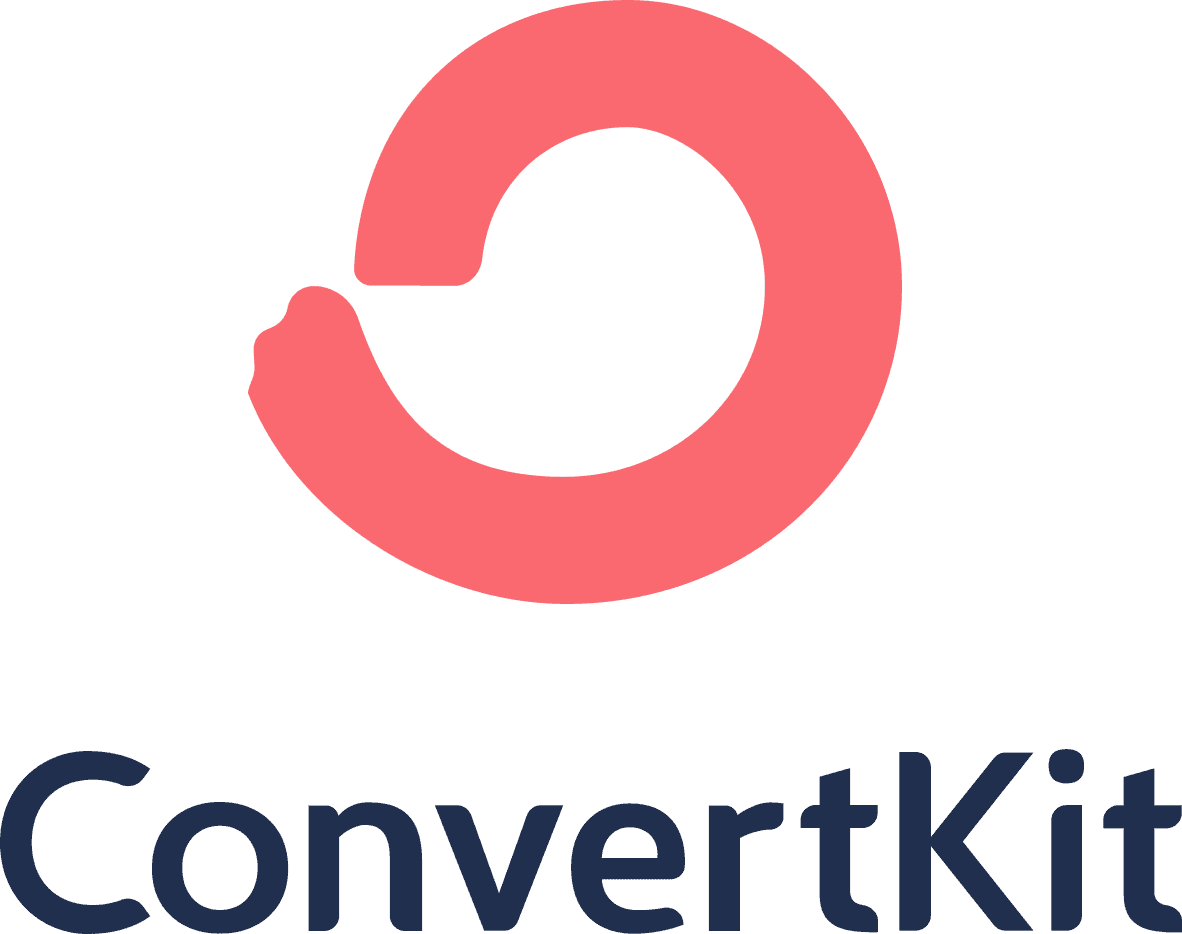This website stores cookies on your computer. These cookies are used to improve your website experience and provide more personalized services to you, both on this website and through other media. To find out more about the cookies we use, see our privacy policy.
Sign Up A Prolific
Email Marketing Expert Within A Day
Our seasoned Email Marketing Experts bring the knowledge and finesse to craft compelling, conversion-driven emails.
Clients rate Webevis Email Expert 4.9 / 5.0 on average based on 4,330 reviews.
Hire An Email Marketing Expert With Webevis In 3 Easy Steps
Engage
Start by engaging with our talented pool of Email Marketing Experts, ready to amplify your campaigns and strategies.
Assess
Assess your unique business needs with Webevis, ensuring a seamless match with the perfect Email Marketing Expert.
Excel
With the right expert, excel in your email marketing endeavors, achieving outstanding results and ROI.
Our Email Marketers Pool
- Experienced Experts For Your Email Marketing Success
- Strategic Email Campaigns For Superior Engagement
- Optimize Conversions And Maximize Return On Investment
- Precise Targeting For Effective Audience Outreach
- Compelling, Results-Driven Email Content Creation
- Data-Backed Decisions With Performance Analytics
Our Email Marketing Services
Our comprehensive range of Email Marketing services is meticulously designed to elevate engagement, conversions, and your brand's online presence.
Email Campaign Strategy
Design and Copywriting
List Management
Automation
Testing and Optimization
Deliverability and Compliance
Reporting and Analysis
Why Choose Our Email Marketing Specialists?
Our Email Marketing Experts ensure your campaigns are effective, efficient, and consistently yield exceptional results, elevating your brand's online presence and driving revenue growth.
Years Of Success
Experts boast a track record of successful campaigns, delivering consistent results over time.
Laser-Focused Strategies
Crafted strategies tailored to your business, ensuring your message reaches the right audience with precision.
Boost Productivity
Experts save you time by managing the intricate details of email marketing, allowing you to focus on core tasks.
Informed Decisions
Leverage analytics and insights to make data-backed decisions for campaign optimization and growth.
Customized Solutions
Tailor-made email marketing solutions designed to meet your unique business objectives and audience.
Adapting And Evolving
Experts consistently optimize strategies, adapting to changes in the digital landscape for sustained success.
Tools and Platforms
Were generated in sales by our marketers for our customers in 2021 What your Webevis experts use to help you grow

Simplify Your Talent Search
Our hiring process is a breeze. We streamline the talent acquisition journey, making it effortless to bring Email Marketing Experts on board.




Seeking Email Marketing Brilliance To Achieve Email Marketing Success?
Our Email Marketing Experts craft personalized email strategies and deliver exceptional ROI for your business.
Email Marketing: Hiring the Right Experts for Success
Email marketing is a cornerstone of modern digital marketing. It offers unparalleled potential to connect with your audience, drive conversions, and build lasting customer relationships. To harness its power, it is essential to hire Email Marketing Experts who understand the intricacies of this dynamic field. In this guide, we will explore everything you need to know about finding and hiring the right specialists to elevate your email marketing game.
Why Is Email Marketing Considered The Most Powerful Marketing Channel?
Email marketing is the most potent marketing channel due to its exceptional return on investment (ROI). On average, brands witness an impressive $44 return for every $1 invested in email marketing. Moreover, in the B2B realm, email remains the primary mode of communication. Ecommerce thrives because of well-executed email campaigns that engage and convert customers.
Email serves as the central hub connecting all marketing efforts. Whether it is traffic from social media, paid advertising, or organic search landing on your website, email captures this audience. An email marketer's role is crucial, as they understand the brand's industry intimately and strategically deploy emails at key customer touchpoints, ensuring continuous engagement and brand loyalty. It is the linchpin for sustained customer relationships and business growth.
What Key Skills Should An Email Marketer Possess For Success?
Effective email marketing requires a diverse skill set, blending creativity, technical know-how, and strategic acumen. A proficient email marketer excels in:
1.
Copywriting
Crafting compelling subject lines and engaging email content.
2.
Design
Ensuring visually appealing, on-brand email layouts.
3.
Segmentation
Skillfully dividing email lists for personalized messaging.
4.
Customer Journey
Maintaining consistent messaging throughout the marketing funnel.
5.
Retention Strategies
Balancing sales promotions with long-term customer satisfaction.
6.
A/B Testing
Continuous optimization through testing and data interpretation.
7.
HTML Coding
Ability to edit templates and create customizations.
8.
Deliverability Expertise
Monitoring email delivery and list cleanliness.
9.
Omnichannel Integration
Combining email with SMS, push notifications, and chat messages.
10.
Email Tool Versatility
Proficiency with various email marketing platforms.
11.
Analytics Mastery
Using data to inform strategy and target audiences effectively.
When Is The Right Time To Consider Hiring An Email Marketer?
The ideal time to hire an email marketer is when your brand recognizes the untapped potential of email marketing or realizes it's not receiving the attention it deserves. Whether you lack dedicated email marketing resources or your current team needs expert guidance, hiring a freelance email marketer is smart. They bring specialized experience tailored to your niche, ensuring your campaigns are optimized for success. Even if you have an existing marketing team, an email marketing expert can provide valuable insights, spot quick fixes, and elevate your strategies for improved sales and overall growth. Email marketing expertise can take your brand to the next level.
How Can You Craft A Compelling Job Description For Hiring An Email Marketing Expert?
Writing an efficient job description to hire an email marketing expert is crucial to attracting talent that aligns with your project needs. Start with a clear and concise overview of the role, emphasizing the developer's impact on your organization. Highlight the following aspects:
1.
Clear Job Title
Begin with a clear and descriptive job title, e.g., "Experienced Email Marketing Specialist."
2.
Role Overview
Provide a concise introduction to the role's significance within your marketing team and its impact on the organization.
3.
Responsibilities
Enumerate the key responsibilities of the Email Marketing Expert, including campaign planning, audience segmentation, content creation, analytics, and more.
4.
Required Skills
Highlight essential skills such as proficiency in email marketing tools, data analysis, strategic thinking, and a strong understanding of industry best practices.
5.
Desirable Qualities
Mention additional qualities or experiences that could be advantageous, such as creativity, industry-specific knowledge, or certification in email marketing platforms.
6.
Company Culture
Introduce your company's culture, values, and notable achievements, emphasizing a collaborative and innovative work environment.
7.
Compensation Package
Outline the comprehensive compensation package, including salary range, incentives, benefits, and any unique perks your company offers.
Interview Questions To Hire Email Marketing Experts
You can use these key interview questions to identify top-tier email marketing professionals who can elevate your campaigns and drive business growth.
1.
What is the primary goal of an email marketing campaign, and how does it contribute to a company's success?
The primary goal of an email marketing campaign is to engage with the target audience, build brand loyalty, and drive conversions. A well-executed campaign can significantly impact a company's success by increasing sales, nurturing customer relationships, and enhancing brand awareness. By delivering relevant content directly to subscribers' inboxes, email marketing creates a personalized connection with customers, increasing their trust and likelihood to make purchases.
2.
What are the key components of a successful email marketing strategy, and how do they improve conversion rates and sales?
A successful email marketing strategy hinges on personalization, timely campaigns, and compelling CTAs. Personalization tailors content to individual recipients, fostering engagement. Timely campaigns ensure messages reach users when they are most receptive, enhancing conversion rates. Clear CTAs guide recipients toward desired actions, like making a purchase or visiting a website. Altogether, these components create a seamless user experience that guides prospects through the sales funnel, ultimately boosting conversion rates and driving sales.
3.
How would you define email segmentation, and why is it a crucial strategy in email marketing?
Email segmentation involves categorizing your email list into distinct groups based on specific criteria like demographics, behavior, or preferences. It is a crucial strategy because it allows for highly targeted and personalized email content, improving relevance and engagement for different audience segments. Segmentation ensures recipients receive content that aligns with their interests and needs, leading to higher open rates, click-through rates, and conversions. It maximizes the impact of email campaigns and fosters stronger customer relationships.
4.
Can you explain the concept of email automation and its benefits in email marketing campaigns?
Email automation refers to the use of technology to send emails to subscribers automatically based on predefined triggers or schedules. It is a powerful tool in email marketing campaigns because it streamlines the process, saving time and ensuring timely communication. Automation allows marketers to send personalized messages at the right moment in the customer journey, such as welcome emails, abandoned cart reminders, or post-purchase follow-ups. This results in improved efficiency, higher engagement, and increased revenue. Additionally, automation can nurture leads and maintain customer relationships without manual intervention.
5.
Which key performance indicators (KPIs) are crucial for evaluating the effectiveness of an email marketing campaign, and what insights can they provide?
Key performance indicators (KPIs) are vital for evaluating email marketing campaigns. Key metrics include:
Open Rates (indicating subject line and sender reputation effectiveness),
Click-Through Rates (measuring content engagement),
Conversion Rates (tracking desired actions),
Bounce Rates (highlighting delivery issues), and
Unsubscribe Rates (reflecting audience disinterest).
These KPIs provide actionable insights for campaign refinement and improved results.
6.
Describe the difference between hard and soft bounce emails, and explain why effective bounce rate management is crucial in email marketing.
Hard bounces occur when emails cannot be delivered due to permanent issues, such as invalid addresses or outdated domains. Soft bounces, on the other hand, result from temporary problems like full mailboxes or server issues. Effective bounce rate management is vital in email marketing. High bounce rates can damage the sender's reputation and email deliverability. Internet service providers (ISPs) consider bounce rates when assessing sender credibility, impacting email placement. Maintaining a clean email list and promptly addressing bounce issues are essential. This practice ensures a healthy list and successful email delivery, safeguarding your sender's reputation and campaign effectiveness.


























